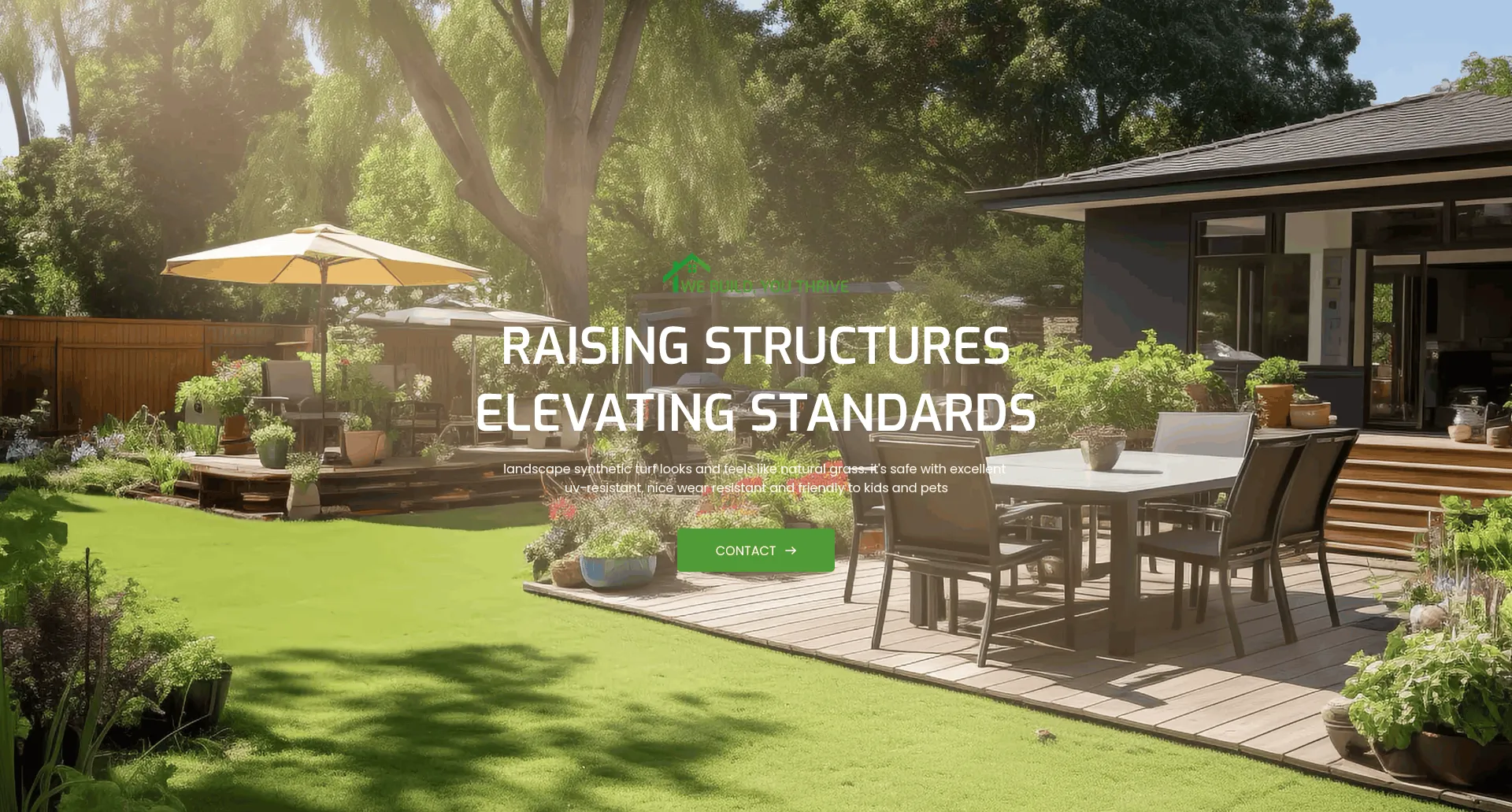
- Afrikaans
- Arabic
- Belarusian
- Bengali
- Czech
- Danish
- Dutch
- English
- Esperanto
- Estonian
- Finnish
- French
- German
- Greek
- Hindi
- Hungarian
- Icelandic
- Indonesian
- irish
- Italian
- Japanese
- kazakh
- Rwandese
- Korean
- Kyrgyz
- Lao
- Latin
- Latvian
- Malay
- Mongolian
- Myanmar
- Norwegian
- Persian
- Polish
- Portuguese
- Romanian
- Russian
- Serbian
- Spanish
- Swedish
- Tagalog
- Tajik
- Thai
- Turkish
- Turkmen
- Ukrainian
- Urdu
- Uighur
- Uzbek
- Vietnamese
Understanding the Costs Involved in Synthetic Soccer Field Construction
Nov . 27, 2024 07:05 Back to list
The Cost of Synthetic Soccer Fields An In-Depth Analysis
As soccer continues to rise in popularity around the globe, communities are increasingly investing in high-quality facilities to accommodate the growing demand for playing fields. Among these facilities, synthetic soccer fields have emerged as a prominent choice due to their durability, low maintenance costs, and consistent playing conditions. However, the initial investment for these artificial surfaces can be substantial, which raises important questions regarding their overall value and impact.
Understanding Synthetic Soccer Fields
Synthetic soccer fields, often made from artificial turf, are designed to replicate the playing conditions of natural grass while addressing many of its limitations. These fields are constructed using a combination of synthetic fibers that mimic grass blades and a backing material that holds them in place. The infill material, commonly composed of rubber granules or sand, provides stability and cushioning for players. This innovative design allows synthetic fields to withstand heavy usage, making them ideal for schools, community leagues, and professional training centers.
Initial Investment Costs
The cost of a synthetic soccer field typically ranges from $800,000 to $1,500,000, depending on various factors including location, field dimensions, and specific requirements of the facility. One major aspect of the cost is the size of the field. A standard soccer field measures about 100 meters in length and 64 meters in width; thus, larger fields will incur higher installation costs. Additionally, the quality of materials used can significantly affect pricing. Higher-end turf products might have a larger upfront cost but can provide greater longevity and performance.
Additional Costs to Consider
synthetic soccer field cost

Beyond the initial installation cost, there are several other financial considerations to keep in mind. Maintenance of synthetic fields is generally less intensive than that of natural grass, which can lead to savings over time. For instance, natural grass fields require regular mowing, fertilization, and irrigation, which can add up to substantial annual expenses. In contrast, synthetic fields can be easily cleaned and maintained with minimal labor, and many facilities can remain in use throughout various weather conditions without suffering damage.
However, it’s essential to note that synthetic fields are not completely maintenance-free. Although they may require less frequent upkeep, costs associated with cleaning, periodic infill replacement, and repairs due to wear over time still exist. Moreover, while many synthetic fields can last up to 15-20 years with proper maintenance, certain types of turf may have a shorter lifespan, thereby necessitating replacement sooner than expected.
Benefits of Synthetic Fields
Investing in synthetic soccer fields offers numerous benefits beyond just cost. These fields provide consistent playing conditions regardless of weather, ensuring a reliable surface that remains safe for athletes. Additionally, synthetic turf reduces the risk of injury, as it maintains an even surface that minimizes the occurrence of dips or uneven patches commonly found in natural grass fields.
Another key advantage is the ability to utilize synthetic fields year-round. While natural grass can be adversely affected by heavy use or adverse weather, synthetic fields allow for increased usage without significantly degrading the playing surface. This makes them an attractive option for schools and communities looking to maximize the utility of their athletic facilities.
Conclusion
While the financial investment for synthetic soccer fields can be steep, the long-term benefits often outweigh these initial costs. Communities and organizations must weigh various factors, including usage, maintenance, and the overall objectives of their sports programs, in order to make informed decisions about investing in synthetic turf. As the popularity of soccer continues to grow, the choice to install synthetic fields reflects a commitment not only to the sport but also to the safety and well-being of players. The initial expenditures, when viewed in the context of long-term savings and impact on community engagement, can provide lasting value that extends far beyond the soccer field.
-
The Benefits of Artificial Turf for Indoors
NewsJul.15,2025
-
How Artificial Grass Suppliers Ensure Quality Products
NewsJul.15,2025
-
Artificial Grass and Pets: A Space for Relaxation
NewsJul.08,2025
-
Balcony & Outdoor Decoration with Artificial Grass
NewsJul.08,2025
-
Best Indoor Artificial Grass for Home
NewsJul.07,2025
-
Best Pet Turf for Dogs: Safe & Durable Artificial Grass Options
NewsJul.07,2025
Products categories









